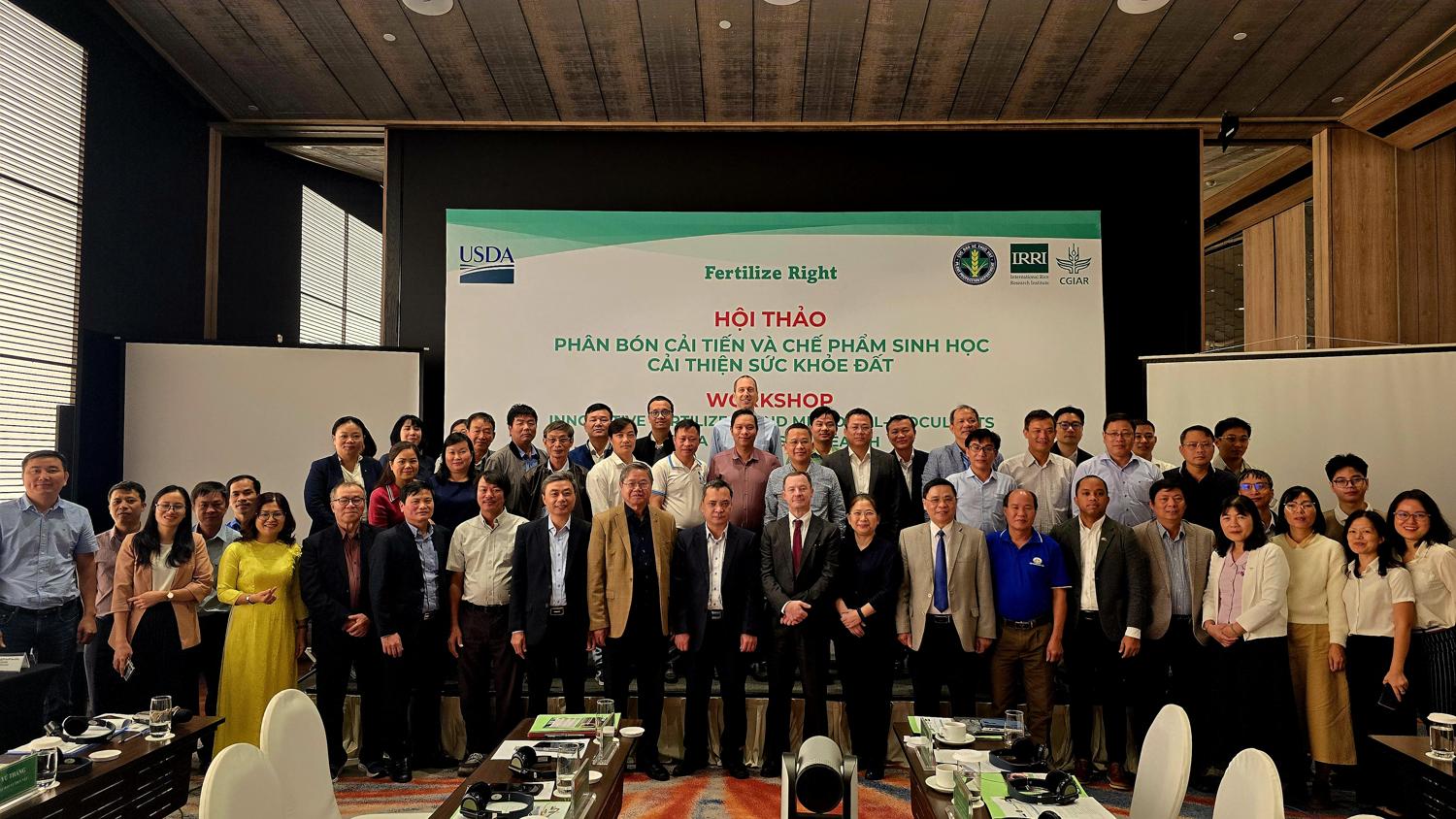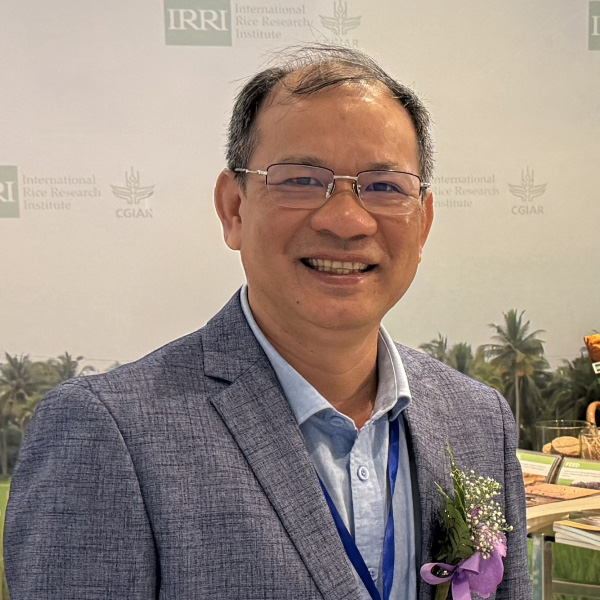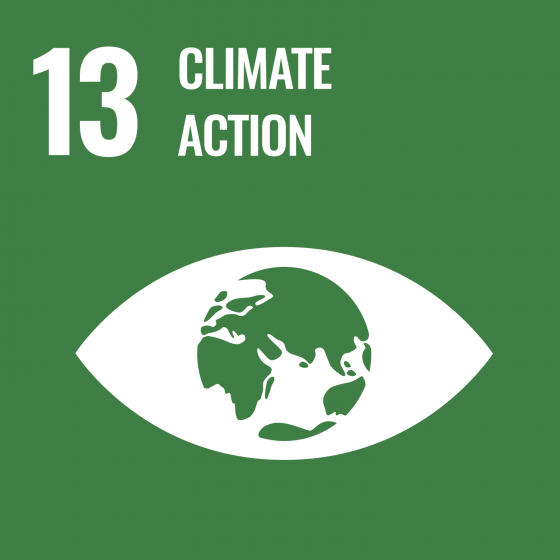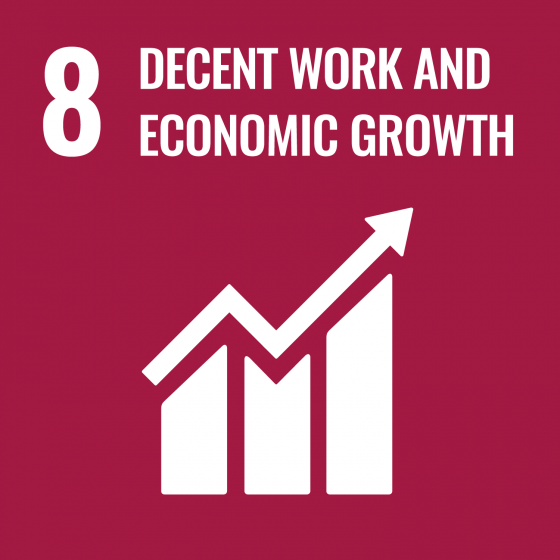
Background
Fertilizers play a critical role in agriculture, particularly rice production. A 2023 survey by IRRI involving 10,000 farmers in the Mekong Delta found that fertilizer costs make up about 30% of the cost of producing rice. Traditional farming practices worsen this situation by using high seed rates (over 120 kg per hectare) and excessive fertilizer use (more than 110 kg of Nitrogen per hectare).
This heavy reliance on costly inputs, coupled with issues like continuous flooding, lodging, and rice straw burning, creates a significant burden on farmers, driving some to switch to vegetable and fruit production due to the prohibitive costs of growing rice.
To address this, innovations are needed to reduce input costs (seeds, fertilizers, pesticides), minimize postharvest losses, improve rice quality, and ultimately boost farmer incomes from rice, straw, and other potential carbon credits.
The Fertilize Right (FerRight) project tackles this challenge head-on by optimizing fertilizer use efficiency and effectiveness. This initiative is a collaborative effort between the US Department of Agriculture (USDA) and Vietnam’s Ministry of Agriculture and Environment (MAE), with the International Rice Research Institute (IRRI) as the implementing partner. FerRight aims to improve soil health and increase farmer incomes by providing practical guidance and promoting the adoption of advanced technologies. It operates across five pilot provinces: Hung Yen, Hai Phong, Ninh Binh, Can Tho, and Dong Thap.
Objectives
- Increase fertilizer-use efficiency through precision farming, Fertilize right (4Rs), alternative to chemicals
- Income change from the increased fertilizer use efficiency, carbon credit, etc.
- Develop and evaluate alternatives to chemical fertilizers to improve soil health and soil fertility. At least one new technology on handling of rice residues as organic fertilizer is applied.





